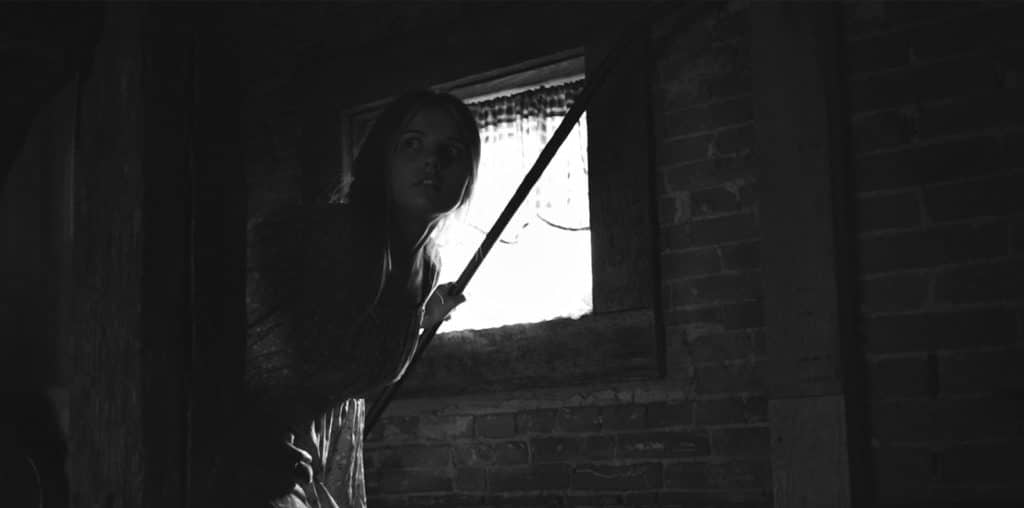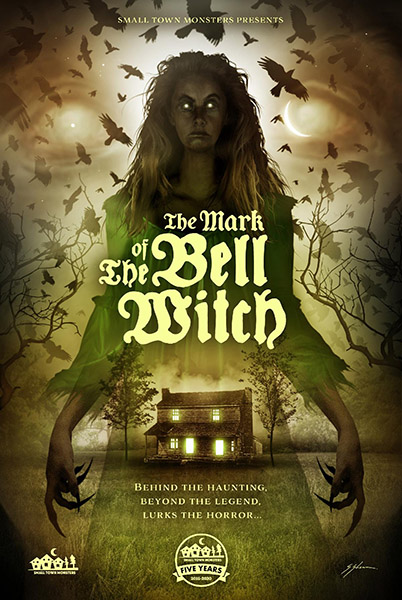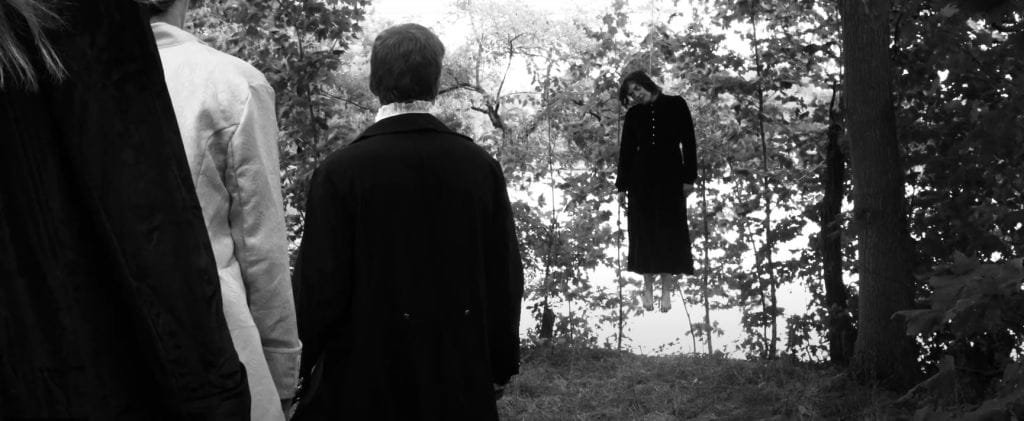
Alongside the Borley Rectory haunting, the story of the ‘Bell Witch’ (or the ‘Tennessee demon’) is one of those stories which made a big impression on me when I was a child, something I first encountered in a ‘mysteries of the unexplained’ compendium and which I’ve reflected on ever since with a mixture of fascination and horror. But just what is it about this story which has given it such longevity? Such reach? Documentary film The Mark of the Bell Witch (2020) both explores the story and attempts to answer that question, and it makes for an engaging watch overall.
The film itself starts with the deathbed scene of John Bell in 1820, a gentleman farmer whose family had for years been apparently afflicted by a peculiar kind of haunting. It’s chaptered – every independent film seems to be chaptered these days – but the film goes back to the birth of the phenomena, from the knocks and rapping which the family first noticed, to the appearance of strange animals on the farm and then the disembodied voice of what came to be known as ‘Kate’, an entity which could apparently discourse on scripture with members of the community, as well as taking an active interest in the activities of the family. There really isn’t a story quite like this, in the sense that the Bell Witch haunting seems to draw in key supernatural tropes but then builds on them, extending them in ways which seem completely implausible. The ‘witch’ is by turns a poltergeist and an omniscient being, a recognisable ghost which behaves like ghosts are renowned to do, and then again the phenomena also encompasses cryptids, the whole ‘Indian burial ground’ folklore and notions of a generational curse. Describing all of this we have a range of local experts, authors and folklorists who offer insights as to how the story has survived and thrived as part of the fabric of Tennessee culture.

The film is decently-edited, blending interviews with period re-enactments (which largely work well, one curious wig notwithstanding), illustrations (contemporary and modern) and photos, which contribute towards the sense of place which is a vital plank of the film overall. There’s some narration too, with some accounts written by members of the Bell family being read aloud. In a nutshell, there’s plenty here to keep the attention and a few scenes worthy of a horror film. The film’s dispassionate treatment of its subject matter actually makes it very unsettling, actually, and it is still a scary tale. Some of the scenes – the point in the story where the Bell family reported hearing choking and gurgling at the foot of their beds, for example – are genuinely unpleasant; how could they not be? All of that being said, I do feel that the film’s attempts to really get under the skin of what makes this legend so enduring isn’t wholly there, and there is still a great deal of scope to explore it further. For instance, there are so many contemporary accounts of people visiting the farm and conversing with the ‘witch’ herself; was this a mass delusion of some kind? How did people at the time account for it? There are still questions to explore, and whilst the film does touch on these, there are still some points where I would love to know more.
However, regardless of the fact that The Mark of the Bell Witch doesn’t quite get to the heart of the story, it’s a diverting watch nonetheless and it was certainly interesting to hear it being explored from a folklorist perspective, as it is here. If you have an interest in the legend, then you could do far worse than give this film an hour and a half of your time.
